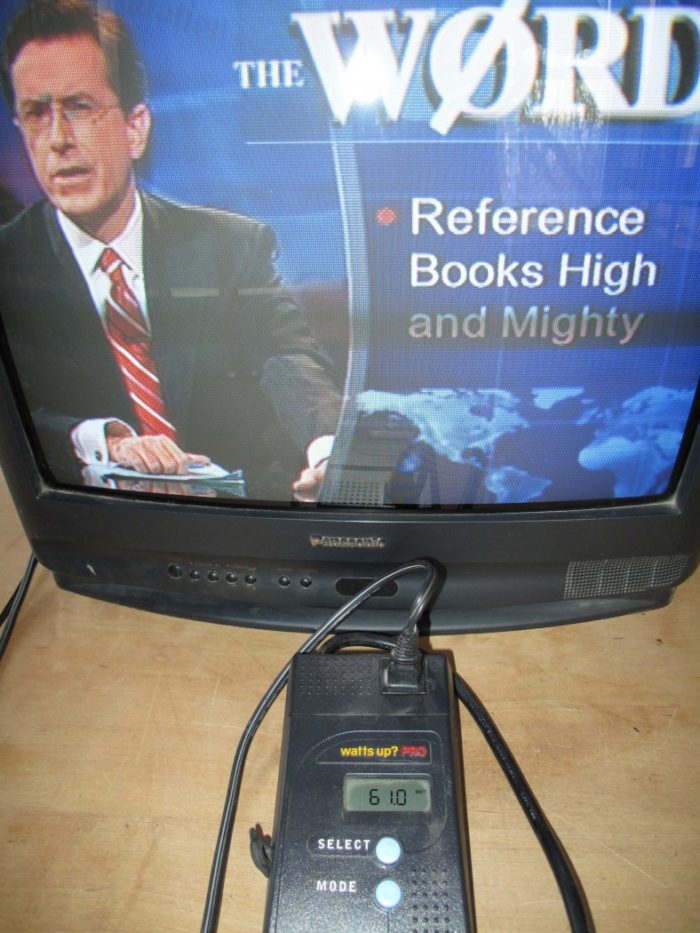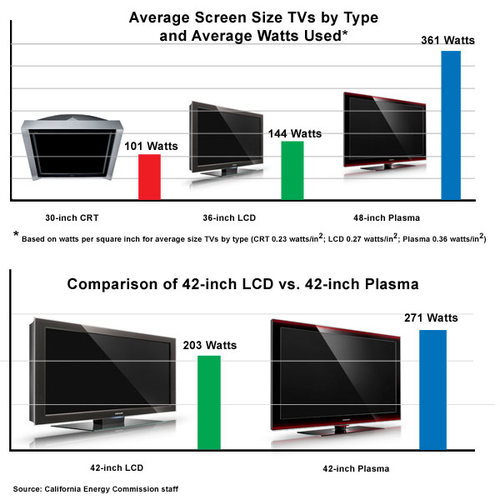
Image Credit: Martin Holladay
Last weekend I reluctantly undertook the unpleasant task of buying a new television. The task was unpleasant for several reasons: I have a countercultural aversion to updating electronic devices; I hate shopping; and I especially hate shopping at the only area retailer that sells televisions, a particularly repellent megastore headquartered in Arkansas.
The purchase was prompted by the fact that at least two of Vermont’s leading television stations — Vermont Public Television and WCAX in Burlington — switched from analog to digital broadcasting on February 17. (Surprisingly, the law passed by the U.S. Congress to delay the digital switchover to June 12 had no effect on Vermont broadcasters. Since the law merely permitted but did not mandate the delay, it was ignored by Vermont Public Television and WCAX.)
Rural residents lose out
Like many rural residents, we discovered that the new digital signals don’t travel as far as the old analog signals. Once WCAX made the switch to digital, we got no signal at all from the broadcast tower on Mount Mansfield, even when we connected a new digital converter box to a rotating rooftop antenna.
For years, my two kids have lived with three English-language television stations: Vermont Public Television, WCAX from Burlington, and Channel 11 from Montreal — a station that still uses analog broadcasting. We all soon got tired of unplugging the antenna wire from the back of the set — where the antenna needed to be connected to receive the Canadian analog broadcast — and plugging it into the converter box to get the digital broadcast from Vermont Public Television. Hence the trip to Wal-Mart.
Weekly Newsletter
Get building science and energy efficiency advice, plus special offers, in your inbox.
The old TV drew 61 watts
Our 14-year-old television is a Panasonic with a 12-by-17-inch screen. According to my portable watt meter, the television generally draws between 60 and 69 watts.
I didn’t want a bigger TV, but…

This article is only available to GBA Prime Members
Sign up for a free trial and get instant access to this article as well as GBA’s complete library of premium articles and construction details.
Start Free TrialAlready a member? Log in
















One Comment
More information on TV energy use
Noah Horowitz, senior scientist at the Center for Energy Efficiency in San Francisco, has written an interesting article on the power consumption of televisions.
He wrote in part:
"We went into a few big box stores armed with a power meter and a 2 minute clip of the movie Shrek and measured the power draw of the TVs that were on display. To make a long story short, here is what we found:
* Some of the bigger, less efficient models consumed more electricity each year than a new refrigerator and can cost several hundred dollars to operate over their 10 year life.
* There was a wide range of energy use between similar sized models. In general, plasmas consumed considerably more energy than equivalent LCD models.
* TVs now represent approximately 5 % of residential electricity use and over 1% of all national electricity use."
Read the whole article here.
Log in or become a member to post a comment.
Sign up Log in